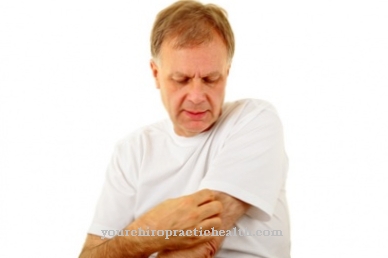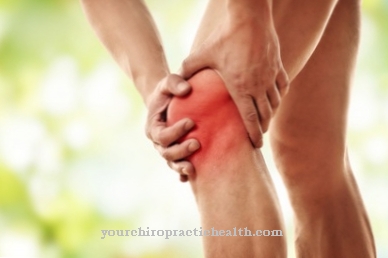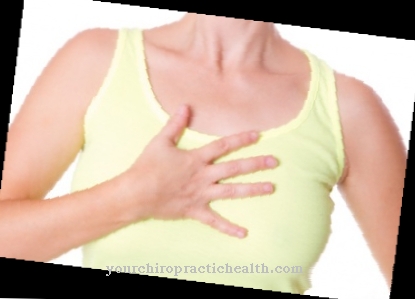Calluses and blisters on the feet, as well as a lack of exercise, are an evil of our time. Walks, hikes and sports are useful counterbalances. However, you need a healthy foot for this. However, our way of life also softens our feet at the same time. This guide gives you valuable tips and tricks on how to get rid of calluses and blisters on your feet.
Causes of calluses & blisters

Unusual stress and changes in the normal structure of the feet can cause blisters and calluses to be so painful that they make running a nuisance for many people. How do blisters and calluses develop?
When pressure and rubbing of the shoes in predestined places continuously shift the epidermis against the usually harder surface on the heels, toe joints or soles of the feet, a local irritation occurs, the formation of a blister. It's uncomfortable and painful. The pain increases when the bladder chafs as it progresses, whereby we then have to deal with an open wound surface, which can quickly become a focus of infection.
The body protects itself against continuous friction in the soles of the feet, if necessary, by forming a protective layer, the so-called callus formation, in the event of greater stress. In a dosed manner, it can give the foot a welcome protection against long-term stress.
In many cases, however, this formation of the cornea of the uppermost skin layer takes place to such an extent that these corneal armor becomes painful, pressing foreign bodies. How do you help yourself against blisters and calluses?
Diseases with this symptom
- Corns
- Hammer toe
- Obesity
Treatment of calluses & blisters
Blow
- Check shoes. Feet and shoes must be supple, soft and dry. Let hard shoe caps pound soft, if possible wear shoes without quilted parts in the toe area.
- The places where blisters tend to appear should be rubbed over the stocking with wet soap or
- Stick a sticking plaster (not a plaster with a gauze pad) such as Leukoplast waterproof or simply scotch tape on the designated areas, which fixes the epidermis and the abrasive effect runs over the plaster.
- Through foot care and hardening. Especially by removing sweat from the feet, walking a lot barefoot, short cold foot baths and rubbing with rubbing alcohol and self-massage of the feet with functional skin oil.
- Smaller bubbles are covered with a protective plaster and allowed to dry out. Larger ones, however, should be cut open with sterile sharp scissors; Catch the wound secretion with cotton wool, leave the skin on as protection and put a bandage over it. Do not cut off the skin and never try to tear the skin off with your fingers, even if the blisters are open.
- Blisters that have been scrubbed open are cleaned in the foot bath if they are dirty. Here the scraps of skin are cut away, the wound surface is supplied with wound protection agents, of which there are many effective. A wound protection bandage forms the end.
Cornea
- Remove any unevenness in the shoe.
- After a hot foot bath, carefully remove the callus with a pumice stone, shark skin or callus scraper. Never take away too much, leave a thin protective layer.
- Apply some soft soap to the gauze layer of a wound plaster (e.g. Hansaplast) 4-6 cm wide and stick it on the thick corneal areas. Leave on for a few hours. Then take a hot foot bath, after which the softened cornea can be easily removed. Then grease these areas regularly.
- Before long hikes or sports activities, especially when doing sports in the hall or on hard courts, you should wear prepared socks that prevent both calluses and blisters. To do this, do the following:
If possible, take wool or cotton socks, dip them in cold water and squeeze them out, turn inside out.
- Now work on the areas of the stocking with a bar of soap where calluses and blisters tend to appear. Let the socks dry and turn them right back. Now the prepared socks or stockings are ready for use and the best protection against the formation of calluses and blisters.
Doctors & therapists in your area





.jpg)





















